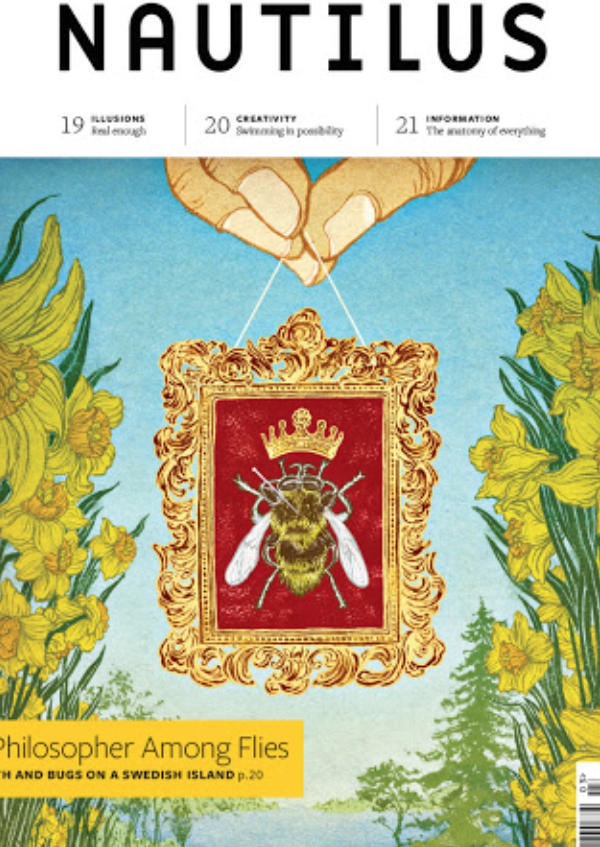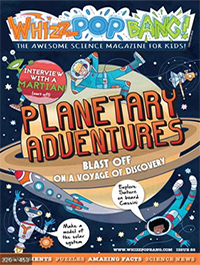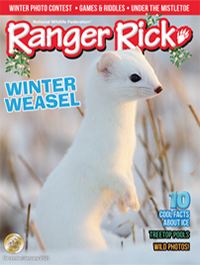Popular Science
Popular Science is an American quarterly magazine carrying content for the general reader on science and technology subjects.

Popular Science is an American quarterly magazine carrying content for the general reader on science and technology subjects.

American Scientist offers a wide range of articles written by prominent scientists and engineers who review important work in fields ranging from molecular biology to computer engineering.

Each issue combines the sciences, culture and philosophy into a single story told by the world’s leading thinkers and writers. A new topic each month, and new chapter each Thursday.

Published since 1880, Science is the weekly journal of the AAAS, and is considered one of the premier peer-reviewed scientific journals, covering the entire breadth of life and physical sciences.

Published since 1869, Nature is a UK-based weekly journal of peer-reviewed scientific research. Along with Science, considered one of two “journals of record” publishing a broad range of science research.

Science Advances is a peer-reviewed multidisciplinary open-access scientific journal established in early 2015 and published by the AAAS.

Nature Climate Change is a monthly peer-reviewed scientific journal covering all aspects of research on global warming, the current climate change, especially its effects.

Click is the pre-school science magazine from Cricket Media. Some material available for free online, but most requires a subscription.

Muse is Cricket Media’s science and arts magazines for kids 9 to 14-years-old. It’s available by subscription only, but the website has sample pages.

Physics Today is the flagship publication of the American Institute of Physics, and covers diverse areas of physics and the physics-related sciences.

Current Biology is a general science journal that publishes original research across all areas of biology together with an extensive and varied set of editorial sections.

PLOS ONE is an inclusive journal community working together to advance science for the benefit of society, now and in the future.

Published continuously for over 200 years, The New England Journal of Medicine (NJAM) delivers high-quality, peer-reviewed research content to the global medical community.

With misinformation running rampant in today’s world, how do you scam-proof your kid? Try Junior Skeptic, the youth version of Skeptic magazine. Some content is free online, and select issues are available for $1.99 each.

Whizz Pop Bang is a UK-based science magazine (36 pages, monthly) with lots of great free content on their website.

National Geographic Kids has social science material, as well as science and nature stories. Website has brain boosters, science demos and crafts, but also includes some advertisements for fast food and the like.

Produced by the National Wildlife Federation, Ranger Rick has been inspiring children to love nature and enjoy the outdoors for over fifty years. Packed with stories, photos, puzzles and projects.

Hip and stylish (sometimes to a fault), with smart, snappy writing. Wired focuses on tech, but covers other areas of cutting edge science as well.

London-based weekly magazine first published in 1956, New Scientist presents science news in an informal and sometimes humorous style.

Discover is a monthly magazine covering science, medicine and technology for a lay audience.

Founded in 1845, Scientific American is the oldest continuously published magazine in the US. It is published by Springer Nature, which also publishes the journal Nature.

Weekly science magazine founded in 1921 and published by the non-profit Society for Science and the Public. Science News material is authoritative and succinct.

JAMA, or the Journal of the American Medical Association, has been published continuously since 1883, and is an international peer-reviewed general medical journal.

PNAS is the weekly journal of the U.S. National Academy of Sciences (NAS) and has been published since 1915. PNAS is multidisciplinary and most of its articles are available free online.
